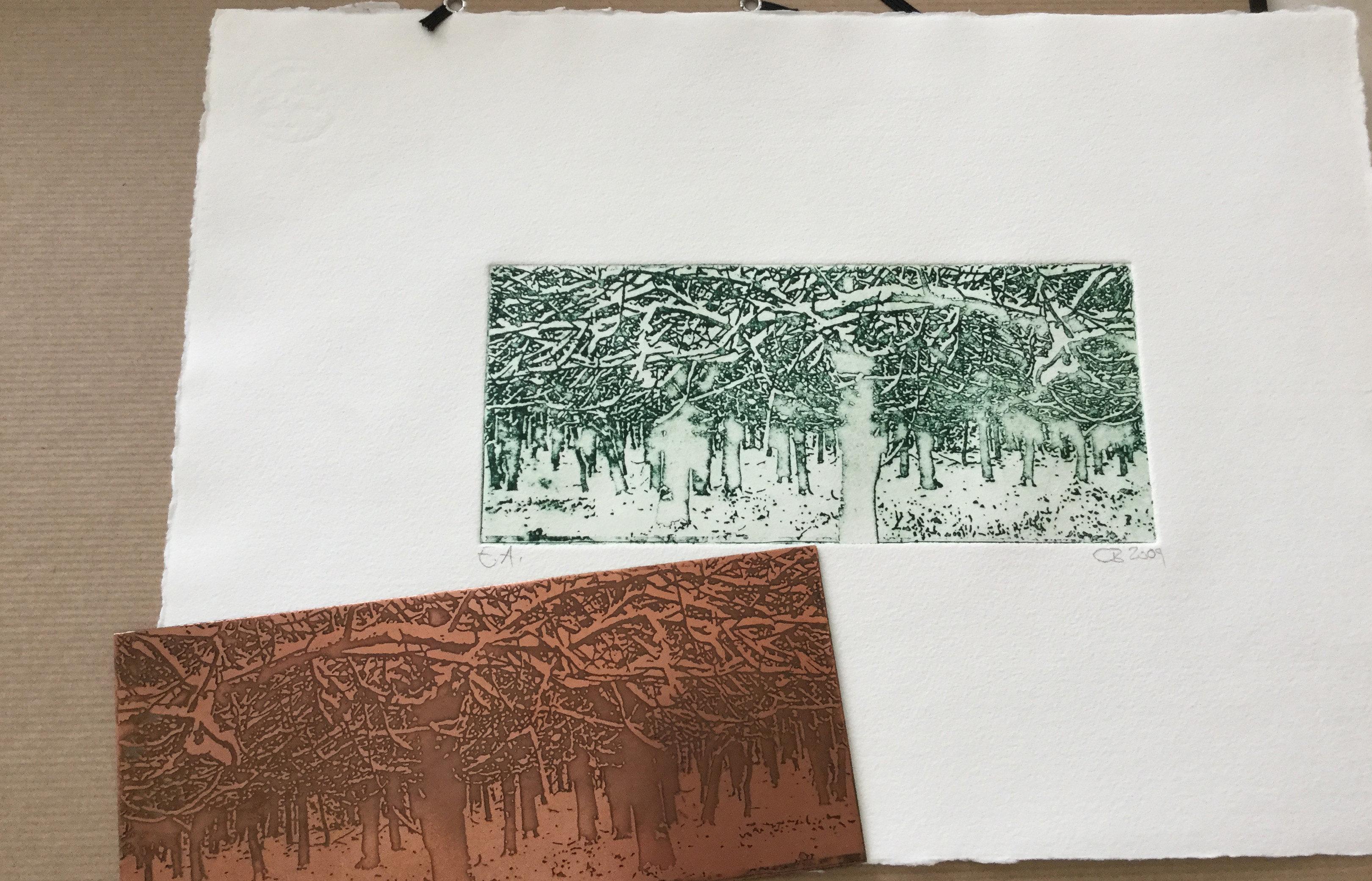Dr. Claudia Binder describes her etchings as fine-grained, multi-layered and associative. To capture the “impression of a moment” in her prints thrilled the medical doctor and artist. Her extraordinary colour work, rendered using a traditional printmaking technique, was originally called “black art”.
Dr. Binder prefers to work with Hahnemühle’s genuine Copper Plate paper or Etching Boards when creating her limited editions. She shares an insight into her process, including choice of materials.
When did you first discover your passion for etching?
From childhood I was primarily fascinated by the colour black. This ultimately led me to etching, the so-called “black art”. At this time only black inks were available to artists. In addition, I was attracted to the complex mixture of technical fine work and the creative process which are signficant to the traditional printing technique. The “materiality of the medium” and the processing are decisive factors in the work of the artist as long as etching is not understood as a mere copying medium.
How did you get started with etchings?
I learned the basics of etching during a class I took in 1981. My career required frequent changes of location, which made it challenging to maintain consistentency with my studies, but my fascination with etching never diminished. In contrast to other types of print graphics, e.g. woodcut, etching belongs to gravure techniques, in which the colour of etched or scratched depressions in the plate are transferred to the paper. This requires special presses which can be very expensive and not readily available. For years I was very limited by the lack of access to such presses. I currently own a large gravure press and have built a print-graphic studio, which allows me to work independently.
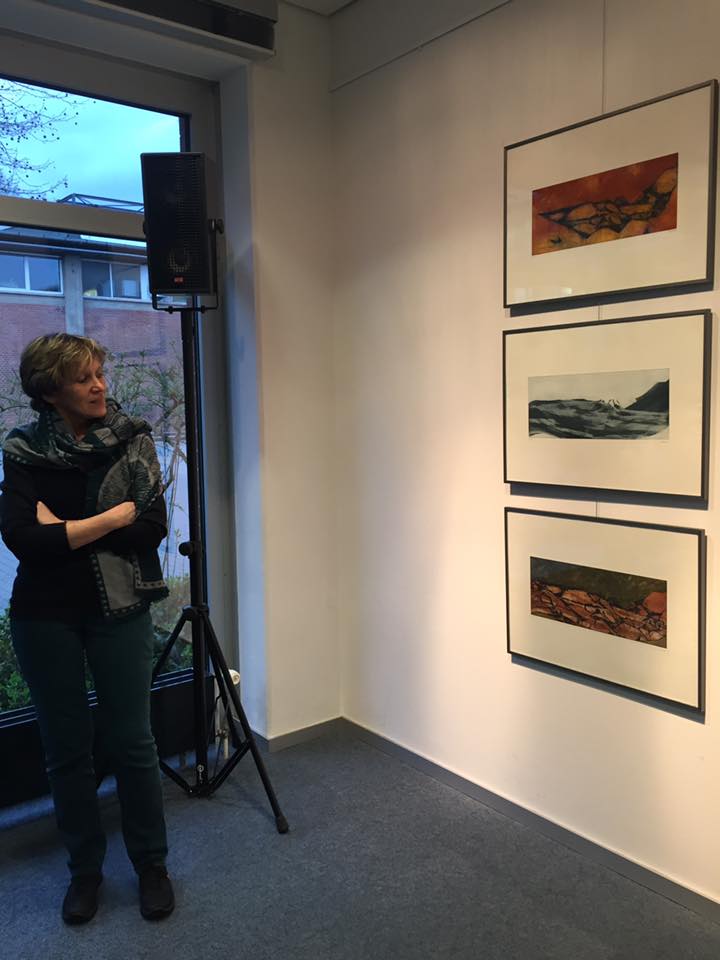
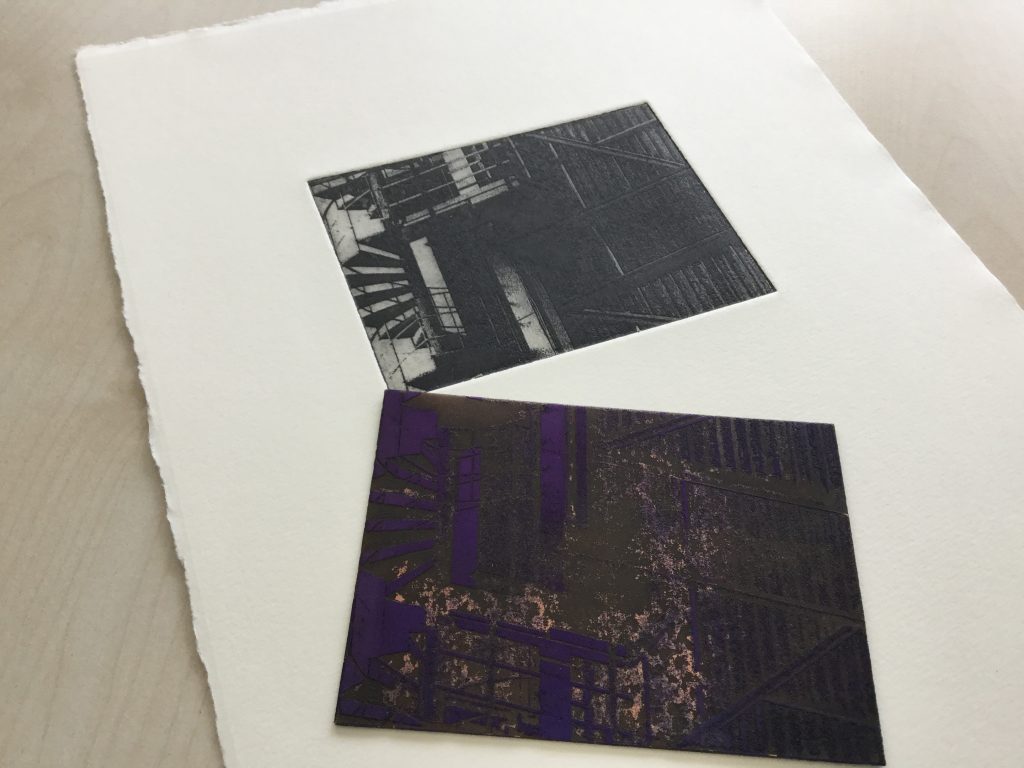
How did you enter the art market?
A defining moment for me occurred during a visit to the European Academy of Fine Art in Trier (Germany) in 2009. I soon began to spend several weeks every year working in a truly inspirational studio space, together with other artists. As a result of the contacts I made, I have been exhibiting continuously since 2011. My work has been included in numerous group exhibitions in Germany and abroad with a group of artists called “Undoubted”. I had a solo exhibition in 2015 at the Göttinger Gallery Art Supplement as well as KWS Einbeck , which is near Hahnemühle´s production facilities.
Do you have an idol in etching or who inspired you most?
Historically, the great masters of etching, Rembrandt and Goya, have particularly inspired me. Although very different, both of them fascinate me with their drawing brilliance and masterful handling of the technique. Personally, my sense of style is the result of what I learned from Ruth Clemens, a gifted lecturer at the EKA Trier, who had a significant technical knowledge and hightened sense of form. The Swiss artist and experimental printer Georges Wenger taught that almost anything can be used as a print plate, as long as it is flat enough and will accept inks and paper. Since then I have been working with a combination of classic and alternative methods, including the technique of intaglio printing (editors note: transfer technique of digital motifs via film with the help of UV light onto the printing plate) .
How would you describe your artistic style?
I am interested in the transfer of thoughts, memories and moods into a two-dimensional form and structure, which make them visible and perceivable. They are not intended to be a copy, even if they sometimes appear to be objective, but rather a projected surface, on which the visible could be expanded by imagination. With my motifs, my primary objective is to create a certain atmosphere or idea, often inspired by a passage from a poem or similar source. The choice of the form – abstract, figurative or somewhere in between is secondary.
With my art I work methodically, preferring to create intermediate prints, which build toward the final version. I mainly use iron chloride etching on copper because it allows a very precise elaboration, but I also uses other materials, as long as they can handle ink and deliver printable results. As a rule, I work without a preliminary design. I apply different techniques directly on the plate and allow myself to be inspired by the intermediate results, which in turn determine the outcome of the print.
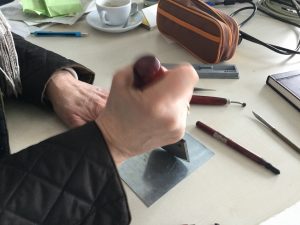
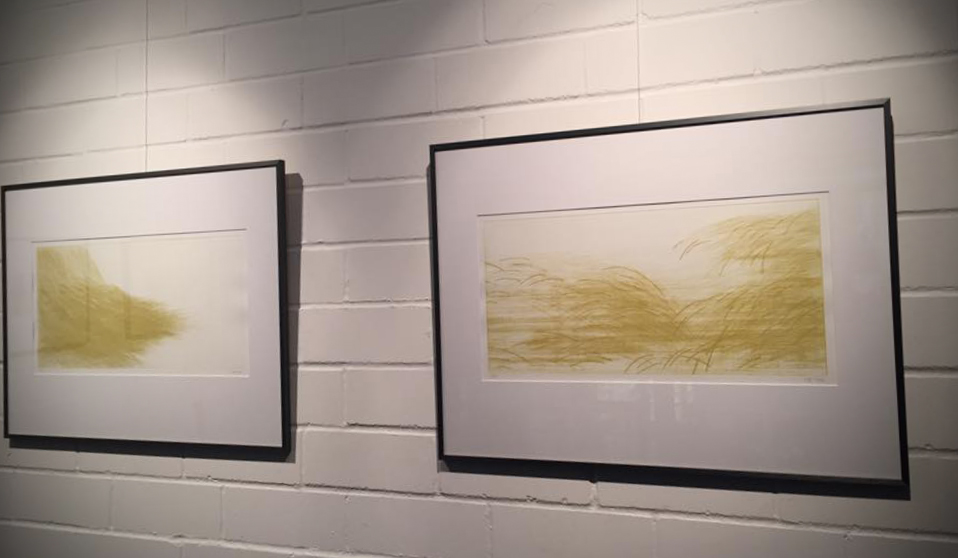
What is the significance of the printed presentation of your works of art?
The print is, of course, the decisive factor in the print graphics. Both the plate itself and the paper influence the result. The requirements for the etching boards used for this are critical. Copper plate paper must be tear-resistant enough to be pressed under high pressure into the finest grooves and lines on the printing plate, while at the same time absorbent enough to hold the tough copper printing inks. Low-sized genuine mould-made paper with high grammage is best suited for this purpose.
Hahnemühle Mould-Made Etching Boards fulfill these requirements excellently. I use it – among others – above all for more picturesque motifs, which makes it very effective due to its slightly grainy surface. I was especially interested in learning about the production of fine art materials and was delighted to have the opportunity to tour the Hahnemühle mill. The sense of tradition and focus on quality was evident throughout their facility.
Do you have a dream of a motive or a project that you would like to realise?
A long-cherished wish is the synaesthetic artistic treatment of a subject, e.g. the reproduction of music with simultaneous implementation in print graphics, photography / video etc., which I have already begun working on with artist friends.
What are you planning next?
In the short term I am anxious to work with a Hahnemühle paper I “discovered” during my recent tour – an Etching Board in the colour ‘Antique’. The ideas for a project have already begun to take shape in my head. Longer term I am preparing for a solo exhibition in 2018.


